I'll make sure each section covers a full theme/style approach and stays within the word count limits.Transform your home's flooring transitions with these innovative design ideas that blend functionality with stunning aesthetics. Floor transitions serve as crucial connection points between different materials, creating seamless flow while addressing practical challenges like height differences and material compatibility. Whether connecting hardwood to tile, carpet to vinyl, or exploring creative patterns, the right transition elevates your interior design while ensuring safety and durability. Modern trends emphasize both minimalist approaches and bold decorative statements, offering solutions for every style preference and budget range.

1. Classic T-Molding Strip Transition
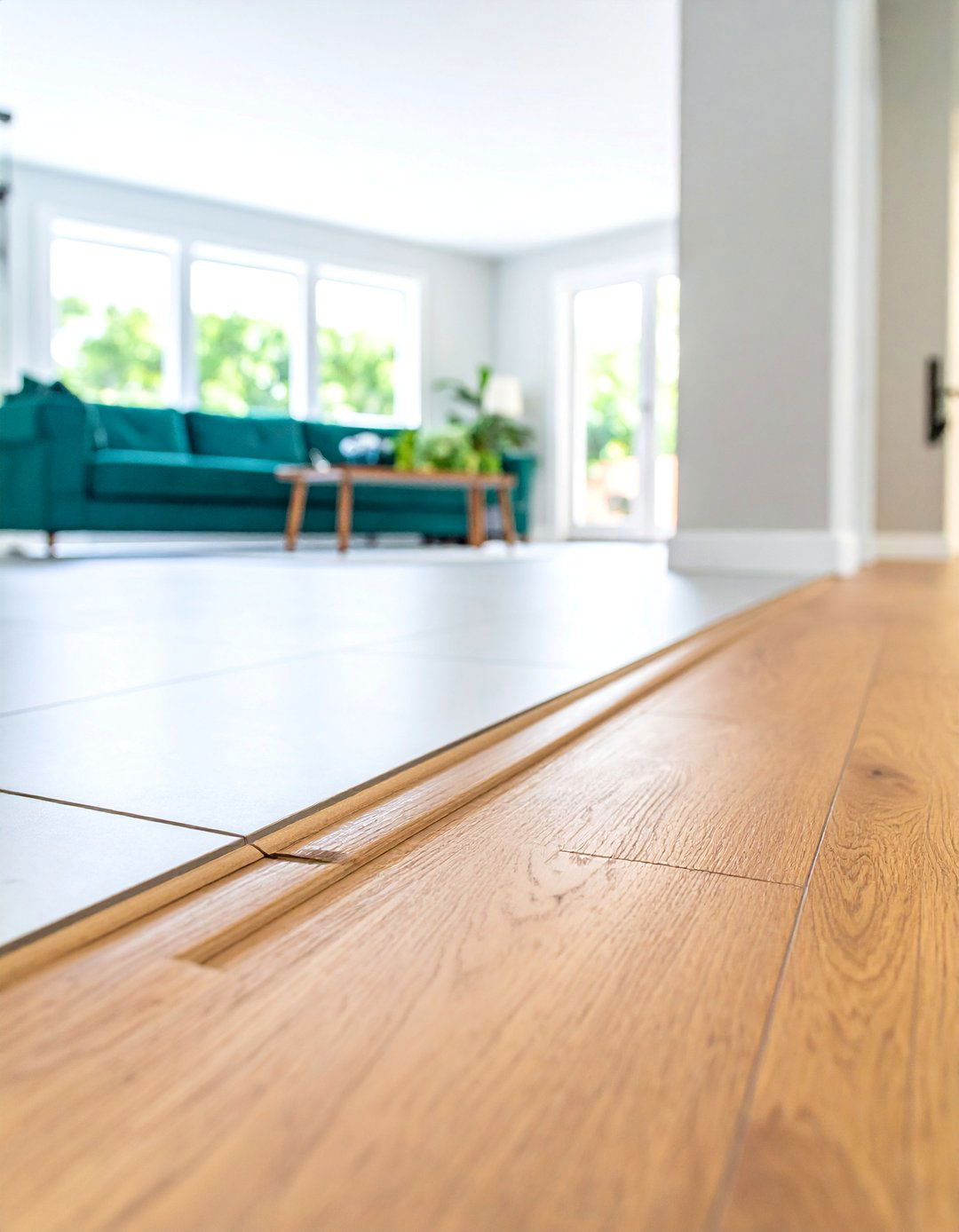
T-molding strips offer the most versatile solution for connecting floors of equal height, featuring a distinctive T-shaped profile that bridges materials seamlessly. Available in wood, metal, and composite materials, these strips accommodate natural expansion while maintaining clean lines. The traditional approach works exceptionally well between rooms where consistent flow matters most. Installation involves securing the strip into a track system, allowing for slight movement without compromising stability. Modern T-molding comes in numerous finishes to match existing flooring, from rich walnut and oak to contemporary brushed aluminum and matte black options.
2. Curved Transition Design
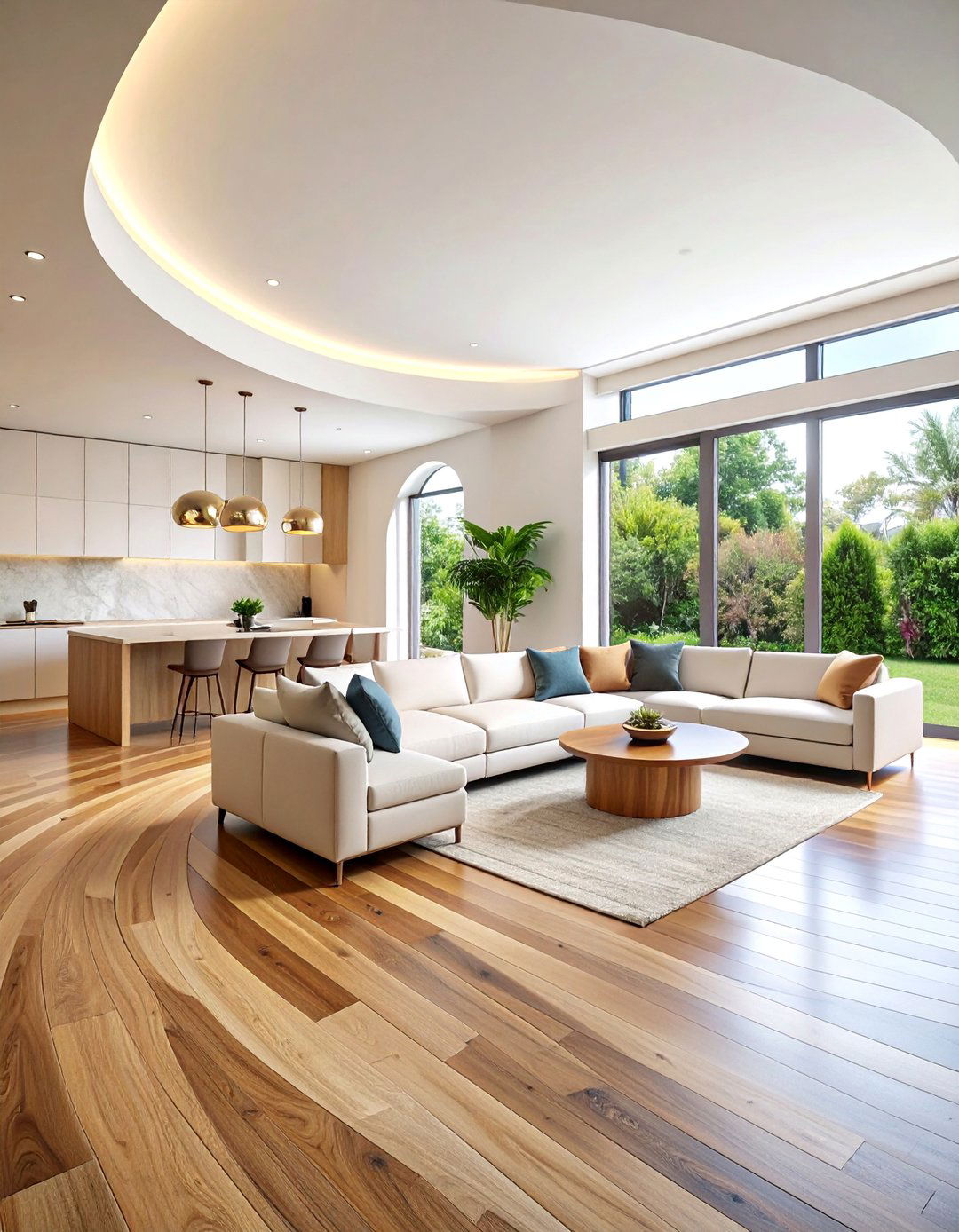
Curved transitions create organic, flowing connections between different flooring materials, replacing harsh straight lines with graceful arcs. This approach works particularly well in open-concept spaces where natural movement patterns guide the design. The curved cutting technique requires skilled installation but delivers stunning visual impact, especially when transitioning from kitchen tile to living room hardwood. The gentle sweep guides foot traffic naturally while creating an artistic focal point. Material choices include flexible strips that conform to curves or custom-cut tiles and planks that follow the predetermined arc pattern.
3. Diagonal Pattern Transition

Diagonal transitions add dynamic energy to floor connections, creating visual movement through strategic 45-degree angles. This technique works exceptionally well with square or rectangular tiles meeting hardwood planks, where the angled cut creates interesting geometric interplay. The diagonal approach can make spaces appear larger while adding architectural interest to otherwise simple room divisions. Installation requires precise measuring and cutting to achieve clean, uniform angles. The pattern works best in larger spaces where the dramatic effect enhances rather than overwhelms the overall design aesthetic.
4. Hexagonal Tile Integration

Hexagonal tiles create naturally organic transition patterns when meeting straight-edged materials like hardwood or vinyl planks. The irregular edges of hex tiles allow for creative integration where geometric precision meets natural randomness. This transition style adds contemporary flair while maintaining functional benefits of different flooring materials. The honeycomb pattern can gradually fade into wood planks or create distinct border zones depending on design goals. Color coordination between hex tiles and adjacent flooring ensures visual harmony while celebrating the contrast in shapes and textures.
5. Marble Threshold Elegance
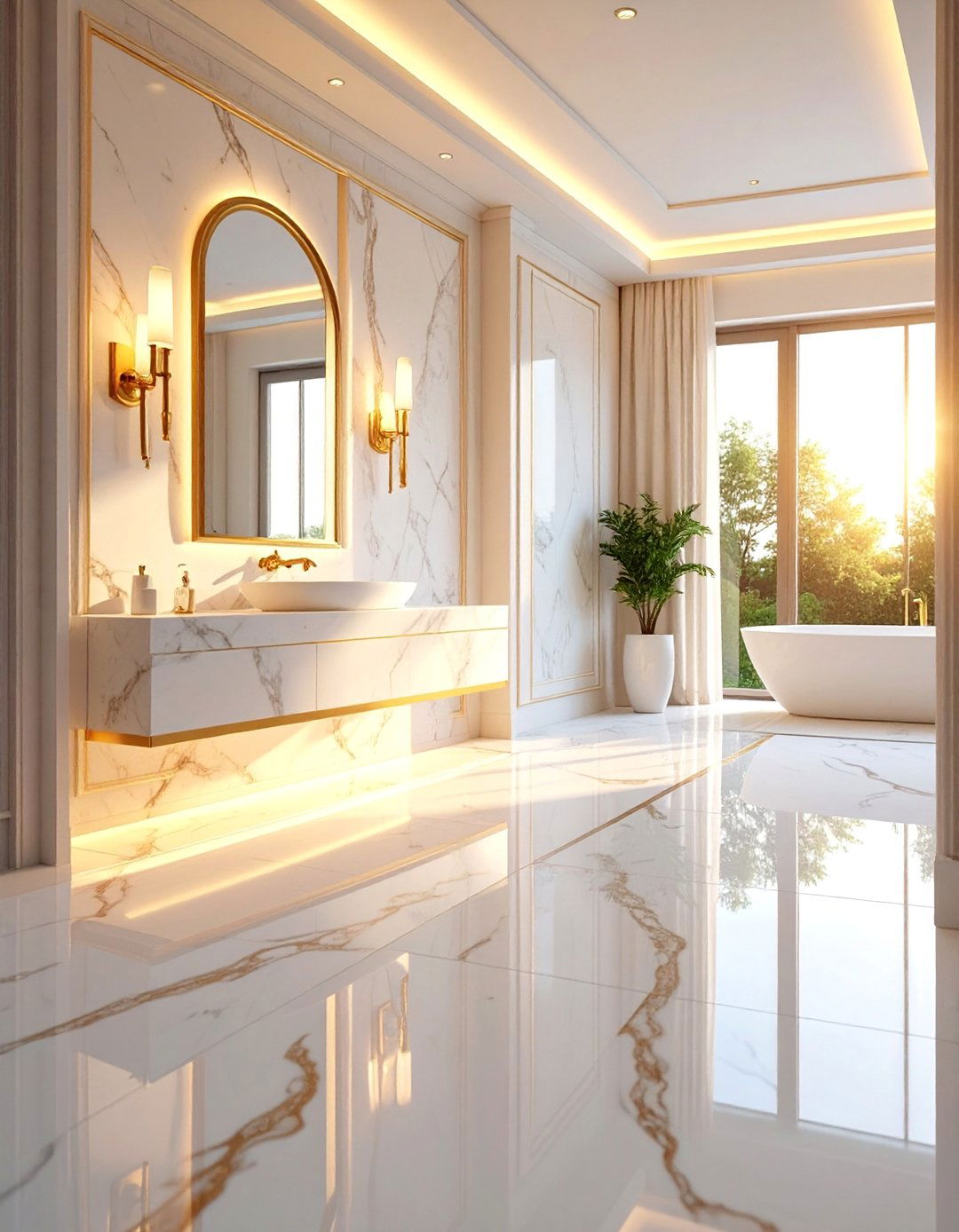
Marble thresholds bring timeless luxury to floor transitions, offering durability with sophisticated aesthetic appeal. Natural stone variations create unique veining patterns that serve as artistic focal points between rooms. Marble works exceptionally well transitioning from bathroom tiles to hallway hardwood, where water resistance meets elegant design. The material's inherent strength handles high-traffic areas while maintaining its polished appearance for decades. Installation involves precise cutting and professional placement to ensure proper height alignment and weather resistance in appropriate applications.
6. Brass Inlay Accent Border
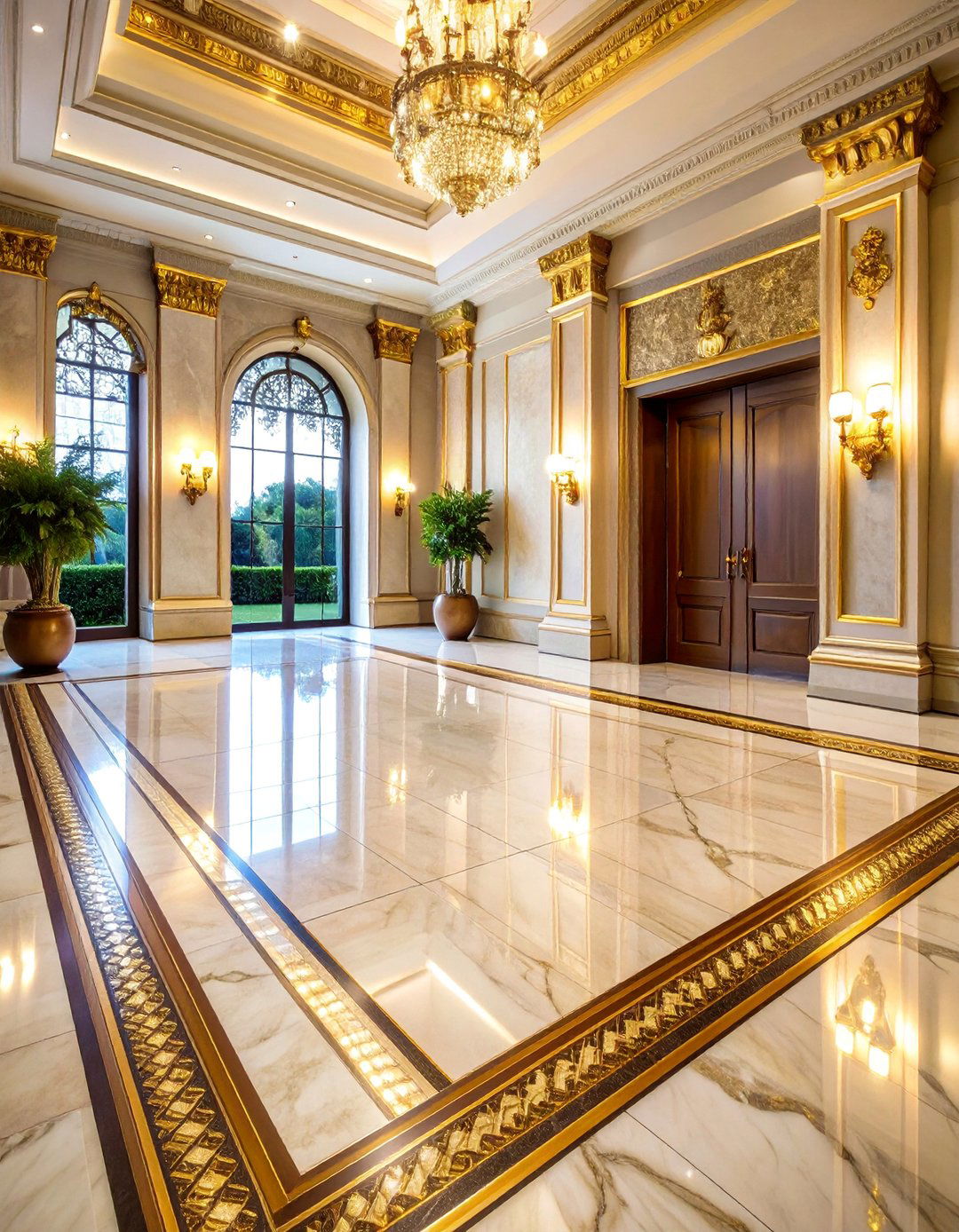
Brass inlay strips create glamorous transitions with warm metallic accents that catch and reflect light beautifully. This luxury approach involves embedding thin brass strips into marble or wood flooring, creating continuous lines of refined elegance. The technique originated in palatial designs but adapts perfectly to modern interiors seeking sophisticated details. Brass develops a natural patina over time, adding character while maintaining its lustrous appeal. The inlay process requires master craftsmanship but delivers unmatched luxury that elevates any space into a design showcase.
7. Mixed Material Mosaic Border
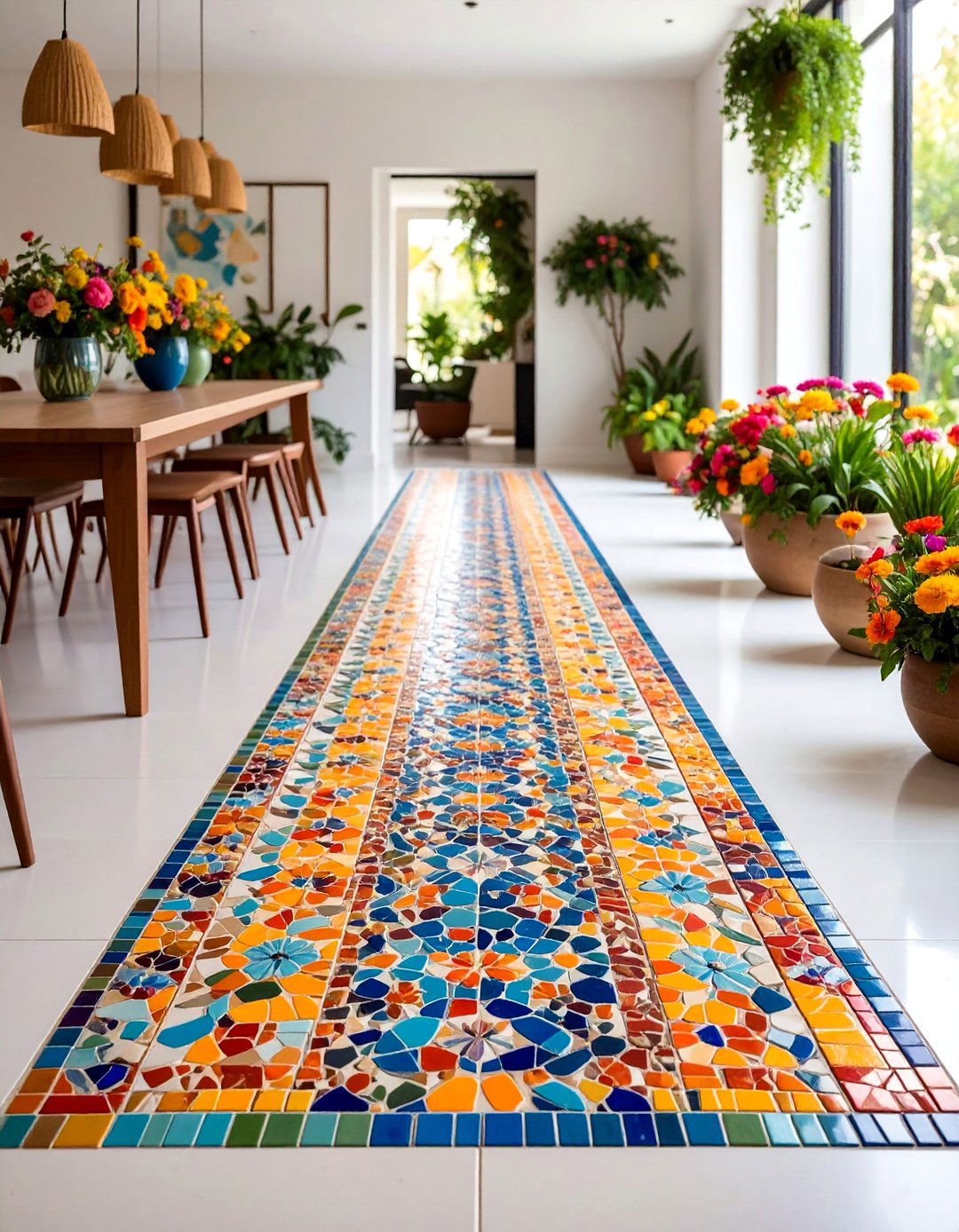
Mosaic borders create artistic transitions using small tiles in varied colors, materials, and patterns between larger flooring areas. This approach allows for incredible creativity, incorporating glass, stone, ceramic, and metal elements into functional art pieces. The technique works well connecting kitchen tiles to dining room hardwood, where the mosaic serves as a decorative runner. Pattern possibilities include geometric designs, flowing organic shapes, or even custom family crests and logos. Installation requires careful planning to ensure proper spacing and alignment with surrounding materials.
8. Wood Plank Width Variation
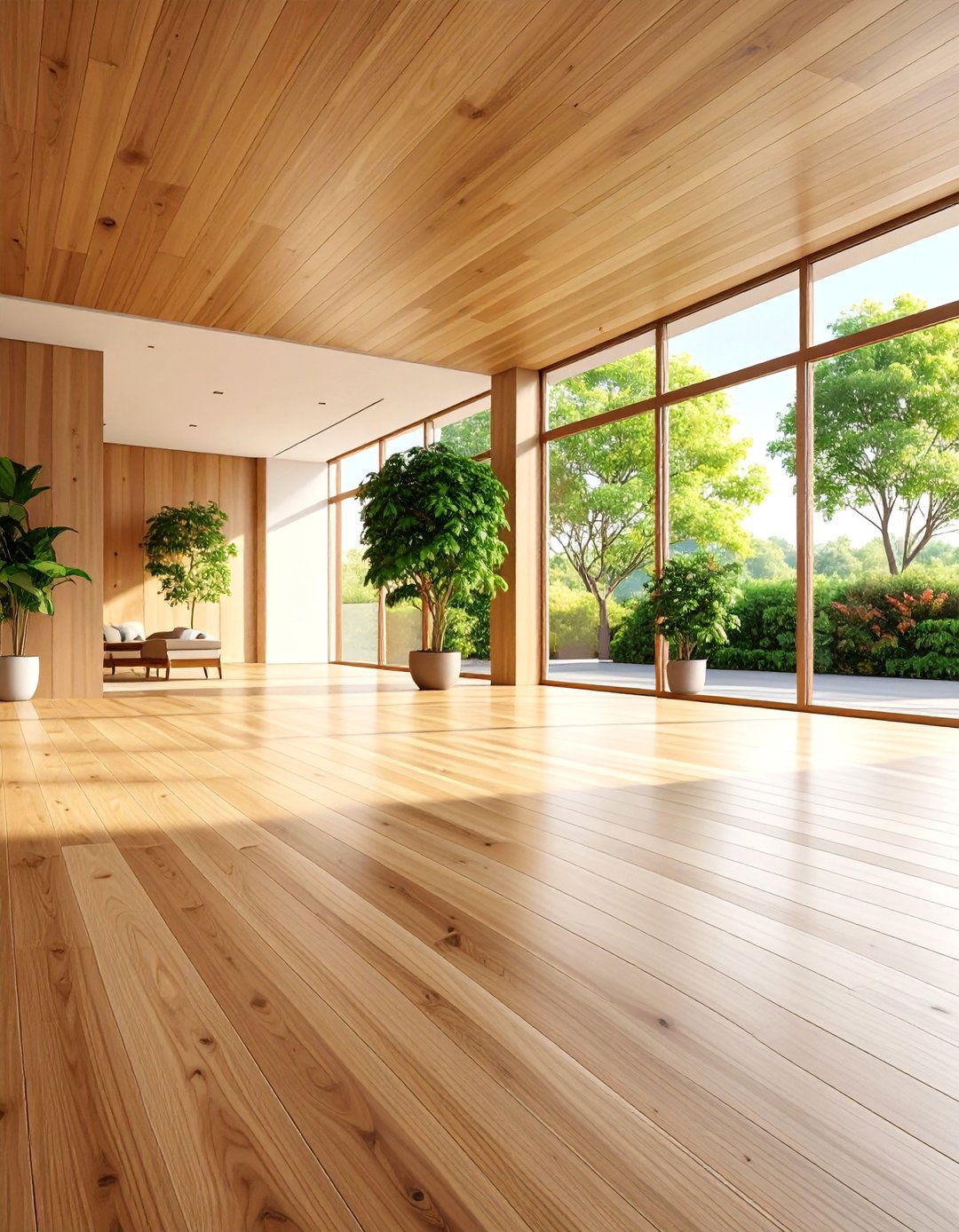
Varying wood plank widths creates subtle yet sophisticated transitions without introducing different materials entirely. This technique uses progressively wider or narrower planks to signal zone changes while maintaining material consistency. The approach works particularly well in open floor plans where distinct areas need definition without harsh boundaries. Different plank orientations can enhance the width variation effect, creating visual texture through dimensional changes. Staining variations within the same wood species adds another layer of transition subtlety while preserving natural material harmony.
9. Metal Strip Modern Minimalism
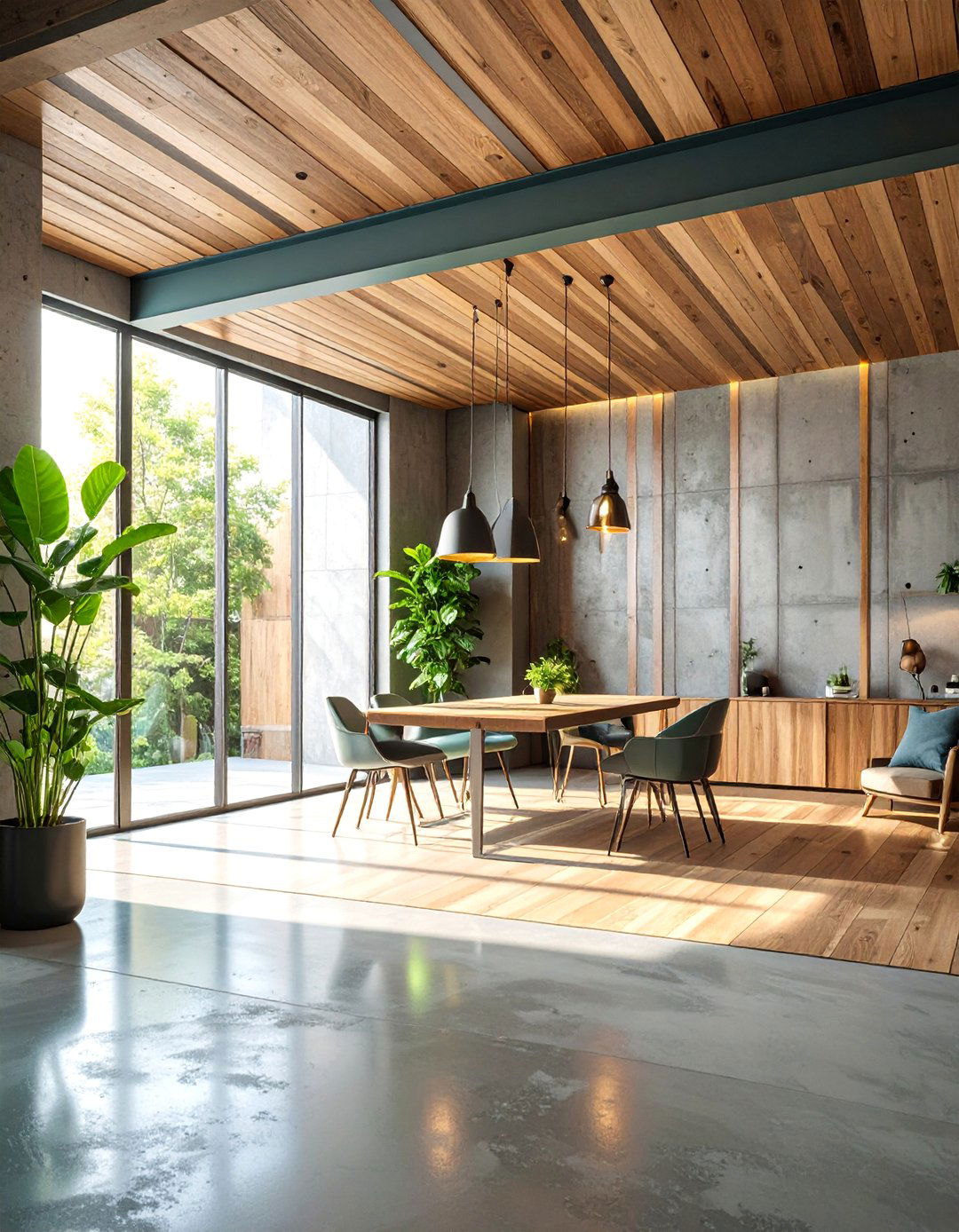
Sleek metal strips offer contemporary solutions with clean lines and industrial aesthetics perfect for modern interiors. Stainless steel, aluminum, and brass options provide different visual weights while maintaining consistent minimalist appeal. These strips work exceptionally well between concrete and wood flooring, enhancing urban loft aesthetics. The narrow profile creates subtle definition without overwhelming surrounding materials. Installation typically involves surface mounting or recessing into specially prepared channels, depending on desired finished appearance and traffic requirements.
10. Herringbone Pattern Integration

Herringbone patterns create distinctive transition zones using angled planks or tiles that form classic zigzag designs. This traditional technique adapts beautifully to modern spaces, offering visual interest while maintaining sophisticated appeal. The pattern works well when one flooring area features herringbone while adjacent areas use straight installation patterns. Material consistency with pattern variation creates subtle zone definition perfect for open floor plans. The technique requires skilled installation to ensure proper angles and alignment throughout the transition area.
11. Stone Mosaic Artistic Blend
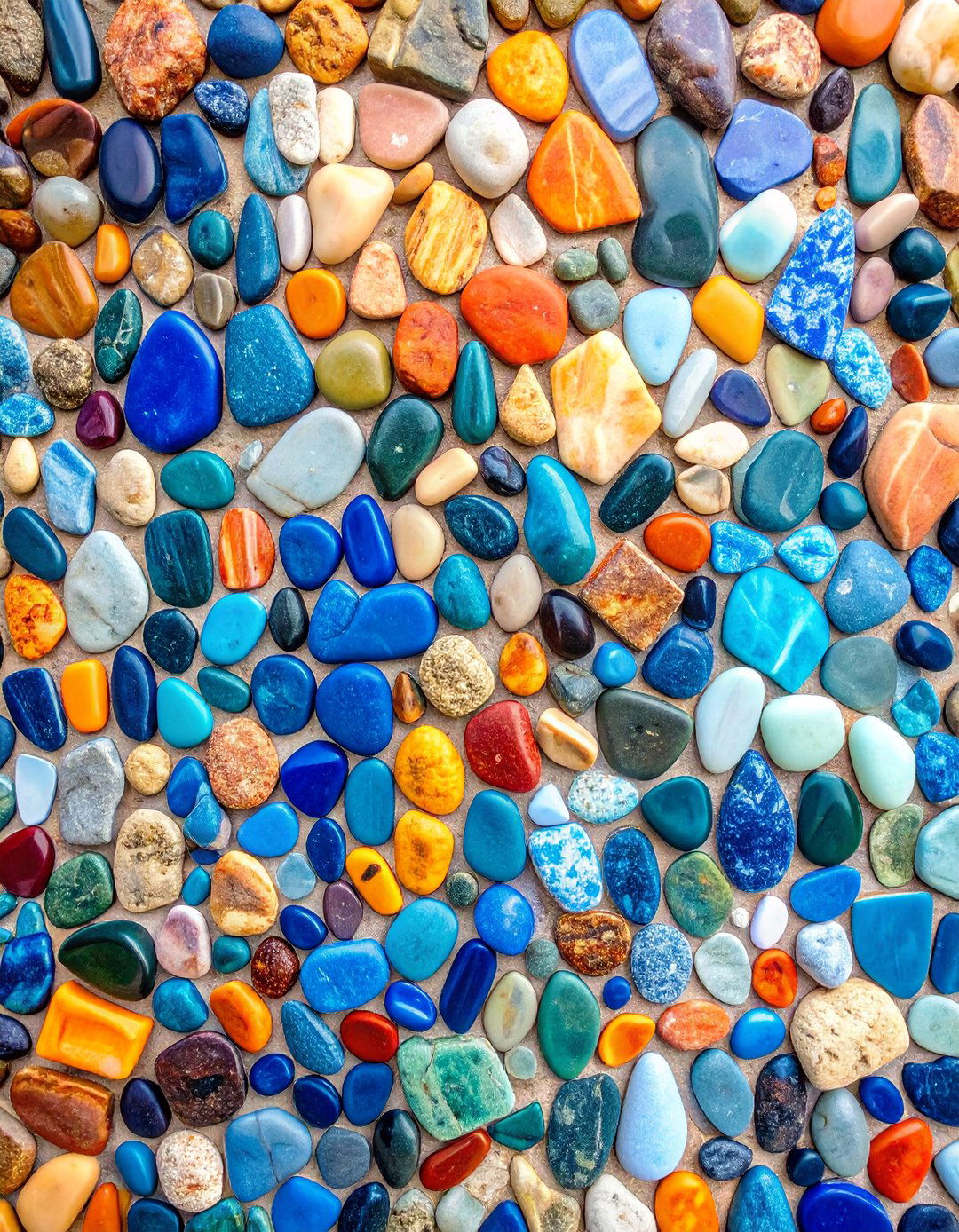
Natural stone mosaics create rich, textured transitions that celebrate earth's natural beauty through careful material selection and arrangement. This approach combines stones of different sizes, colors, and finishes into flowing transition zones. The technique works exceptionally well between indoor and outdoor spaces, where natural materials provide appropriate weather resistance. Installation involves careful color grading and pattern development to ensure pleasing visual flow. Maintenance requirements vary by stone type but generally involve periodic sealing to preserve appearance and performance.
12. Flexible Vinyl Transition Strips

Flexible vinyl strips accommodate height differences and material movement while providing cost-effective transition solutions. These strips compress and expand with seasonal changes, making them ideal for connecting materials with different expansion rates. The flexibility allows for slight substrate movement without cracking or separation. Modern vinyl strips come in numerous colors and textures to coordinate with surrounding flooring materials. Installation typically involves adhesive application, making these strips accessible for DIY projects while maintaining professional appearance.
13. Glass Accent Line Details
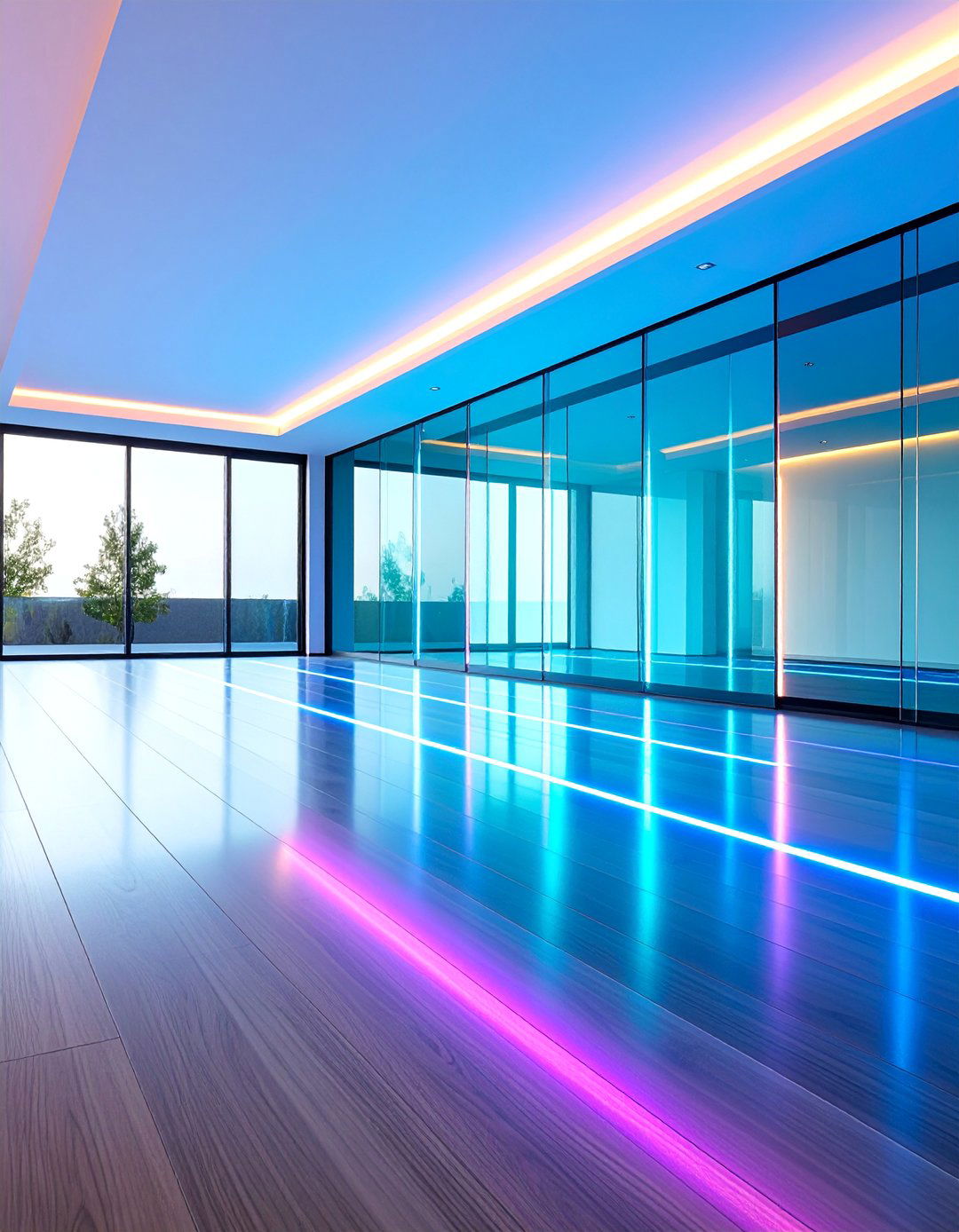
Thin glass strips create luminous transitions that add light and sparkle to floor connections. These accents work particularly well in modern interiors where clean lines and light reflection enhance spatial perception. The glass can be clear, frosted, or colored to complement surrounding materials and lighting schemes. Installation requires professional handling due to material fragility and precision cutting requirements. The finished effect creates sophisticated detail that elevates ordinary transitions into design features worthy of attention and admiration.
14. Cork Strip Natural Warmth

Cork transition strips provide eco-friendly solutions with natural warmth and sound-dampening properties. This sustainable material compresses slightly to accommodate uneven surfaces while maintaining visual appeal. Cork's natural grain patterns and warm coloration complement wood flooring beautifully. The material's resilience makes it ideal for high-traffic transition areas where comfort underfoot matters. Installation involves standard adhesive techniques, while maintenance requires occasional sealing to preserve appearance and prevent moisture infiltration in appropriate applications.
15. Recessed Channel Design
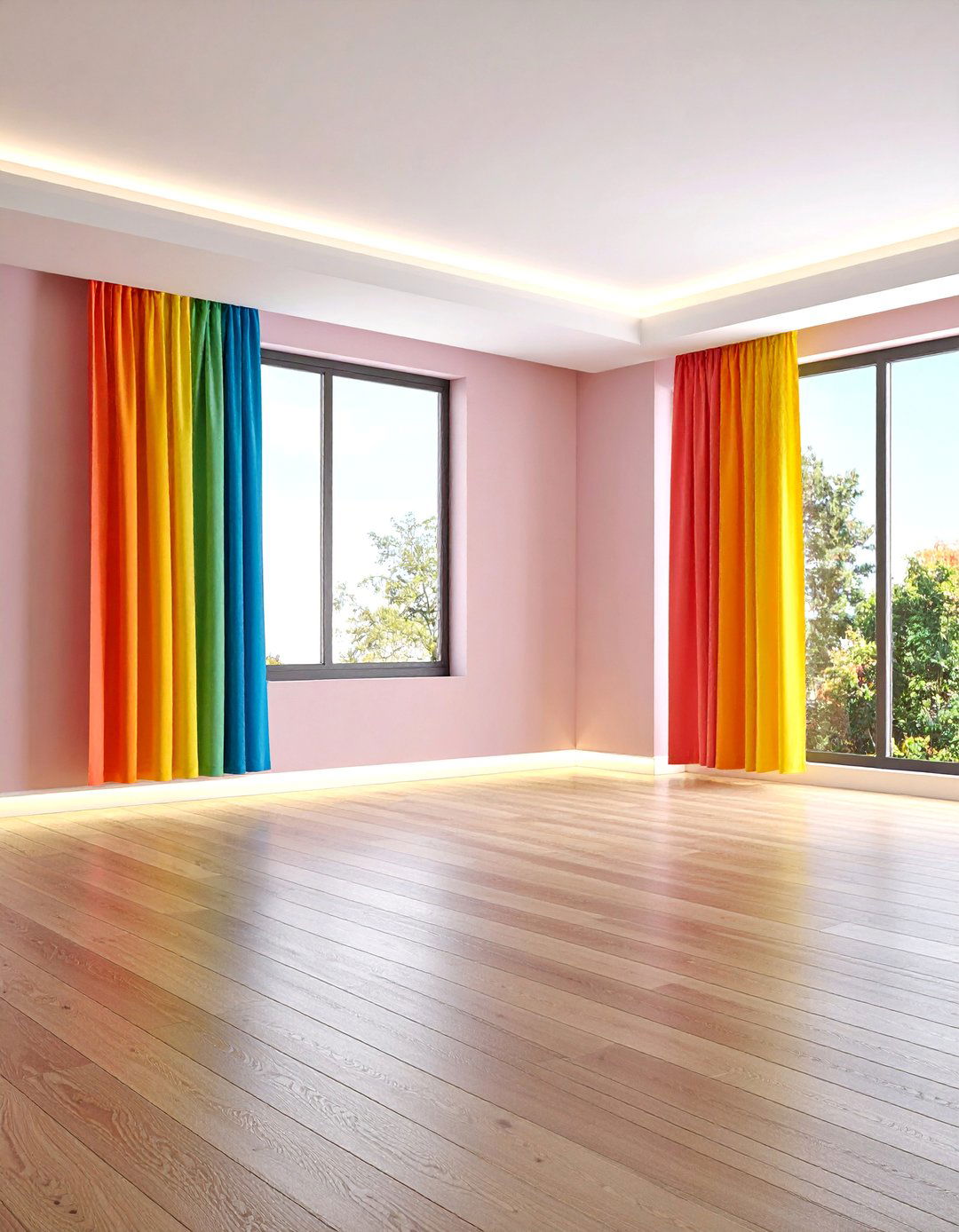
Recessed channels create clean, flush transitions by embedding strips below the finished floor level. This technique eliminates raised edges that could cause tripping while maintaining distinct material separation. The approach requires careful substrate preparation but delivers seamlessly integrated results. Channel materials can match either adjoining floor type or introduce contrasting elements for subtle accent effects. Professional installation ensures proper depth and alignment for both aesthetic appeal and long-term performance under varying traffic conditions.
16. Curved Wood Edge Detail
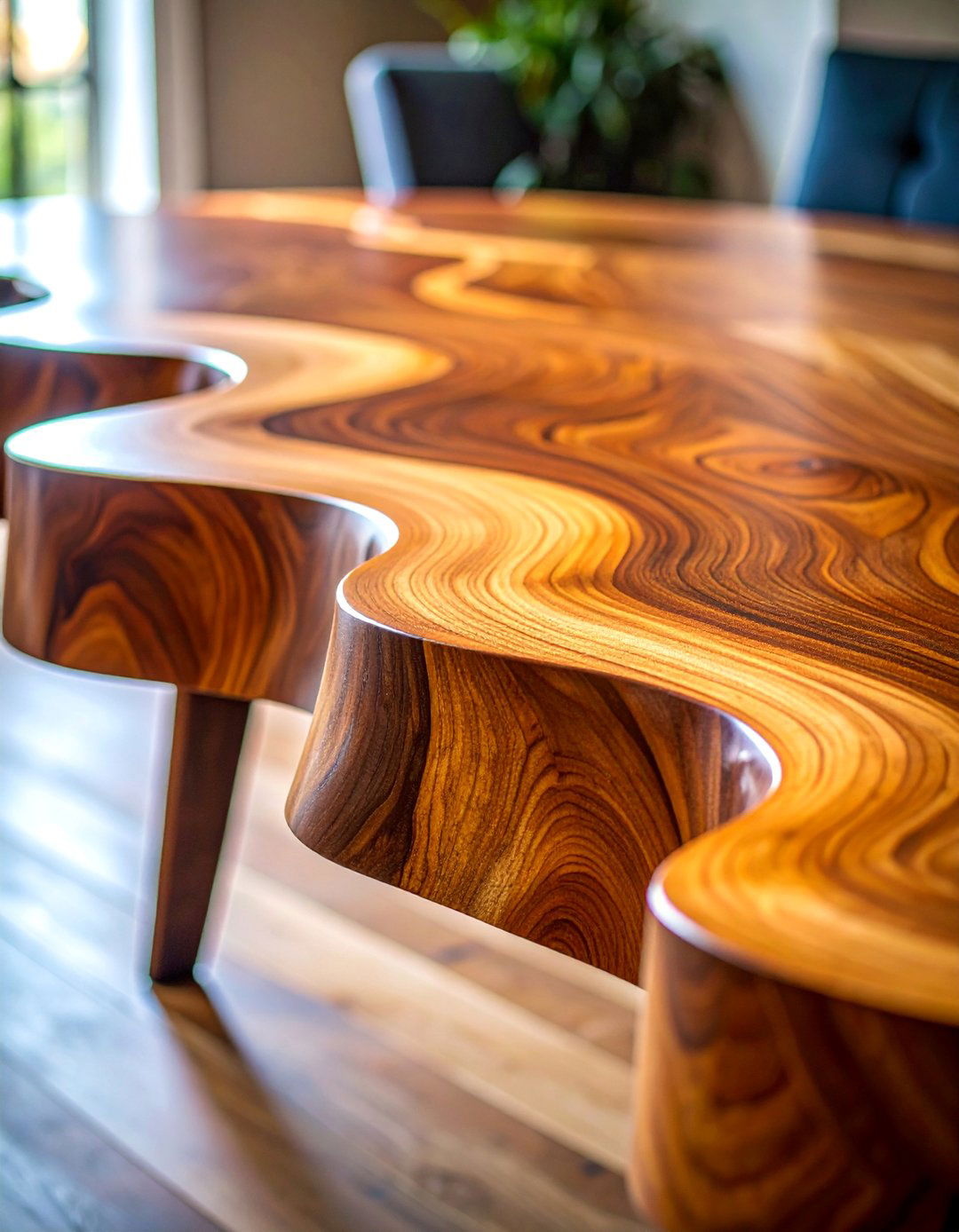
Custom-curved wood edges create organic transitions that soften the meeting point between different materials. This artisanal approach involves skilled woodworking to achieve smooth, flowing curves that guide visual movement naturally. The technique works particularly well in traditional or rustic interiors where craftsmanship details matter. Wood species selection can match existing flooring or introduce complementary tones for enhanced visual interest. The curved edge can be flush-mounted or slightly raised, depending on desired visual impact and practical considerations.
17. Decorative Border Frame Design

Border frames create picture-frame effects around flooring areas, defining spaces while adding decorative elements. This approach uses contrasting materials or colors to outline specific zones within larger open areas. The technique works well defining kitchen islands, dining areas, or conversation zones within great rooms. Frame width and material selection significantly impact visual weight and style interpretation. Installation requires precise measuring and cutting to ensure proper proportions and professional appearance throughout the defined area.
18. Graduated Color Transition

Graduated color transitions use similar materials in progressively different shades to create flowing connections between spaces. This technique works exceptionally well with tiles or wood stains that span color families naturally. The gradual progression creates visual movement while maintaining material consistency throughout connected areas. Professional color matching ensures smooth transitions that appear intentional rather than accidental. The approach works particularly well in long corridors or open spaces where gentle progression enhances spatial flow and visual interest.
19. Textured Surface Variation

Textured surface variations create transitions through tactile differences rather than material changes. This subtle approach might use brushed versus smooth finishes, or varying tile textures to define different areas. The technique maintains visual consistency while providing subtle sensory cues about space usage. Surface treatments can include hand-scraped wood, wire-brushed finishes, or varying tile reliefs that catch light differently. Professional installation ensures consistent texture application while maintaining appropriate safety standards for foot traffic and cleaning requirements.
20. Multi-Level Platform Design

Multi-level platforms create distinct flooring zones through elevation changes that naturally separate different areas. This architectural approach eliminates the need for transition strips while clearly defining space usage. The technique works well separating dining areas from living spaces, or creating conversation pits within larger rooms. Safety considerations require appropriate riser heights and possible handrail installation depending on elevation changes. Material selection can remain consistent across levels or introduce different materials to enhance the zone definition effect.
21. Overlapping Material Integration

Overlapping integration allows one material to extend into another's territory, creating artistic interplay between different flooring types. This technique might feature hexagonal tiles extending into wood plank areas, or wood planks wrapping around tile installations. The approach requires careful planning to ensure structural integrity while achieving desired visual effects. Overlapping areas need secure installation to prevent separation under traffic loads. The technique works particularly well in contemporary interiors where creative material usage defines the overall design aesthetic.
22. Accent Strip Color Coordination
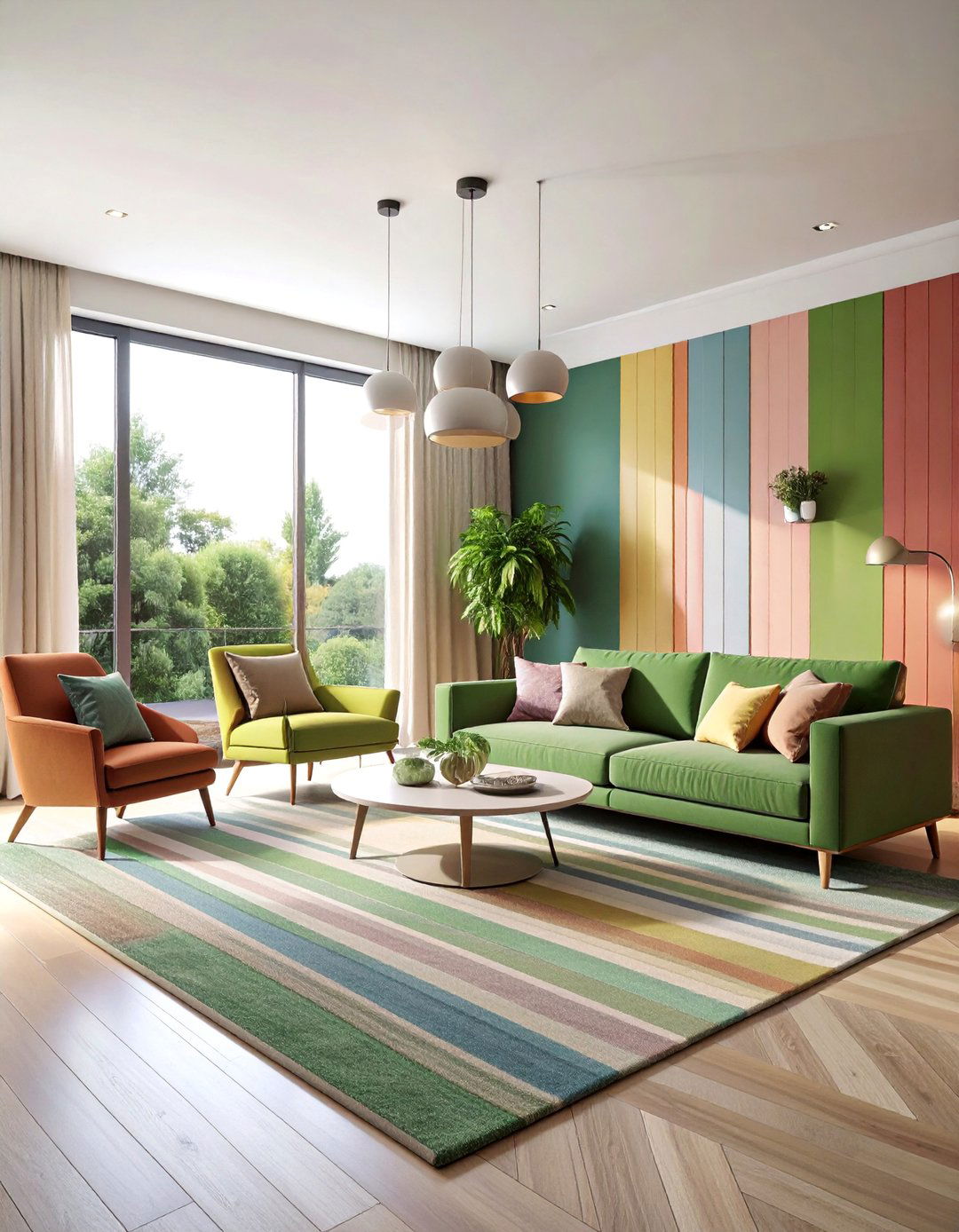
Accent strips in coordinating colors create harmonious transitions that tie different flooring materials together visually. This approach uses thin strips in colors that complement both adjoining materials, creating smooth visual bridges. The technique works well when flooring materials share common color elements that can be emphasized through careful accent selection. Strip materials can include wood, metal, tile, or composite materials depending on style requirements. Professional color matching ensures accent strips enhance rather than compete with surrounding materials.
23. Geometric Pattern Intersection

Geometric pattern intersections create dynamic transitions where different flooring patterns meet and interact. This technique might feature diagonal tile patterns meeting straight wood planks, or herringbone patterns transitioning to running bond layouts. The intersection points become focal areas that celebrate the pattern differences rather than hiding them. Careful planning ensures pattern alignments create intentional rather than accidental effects. The approach works well in contemporary interiors where pattern play contributes to overall design sophistication and visual interest.
24. Threshold Ramp Accessibility
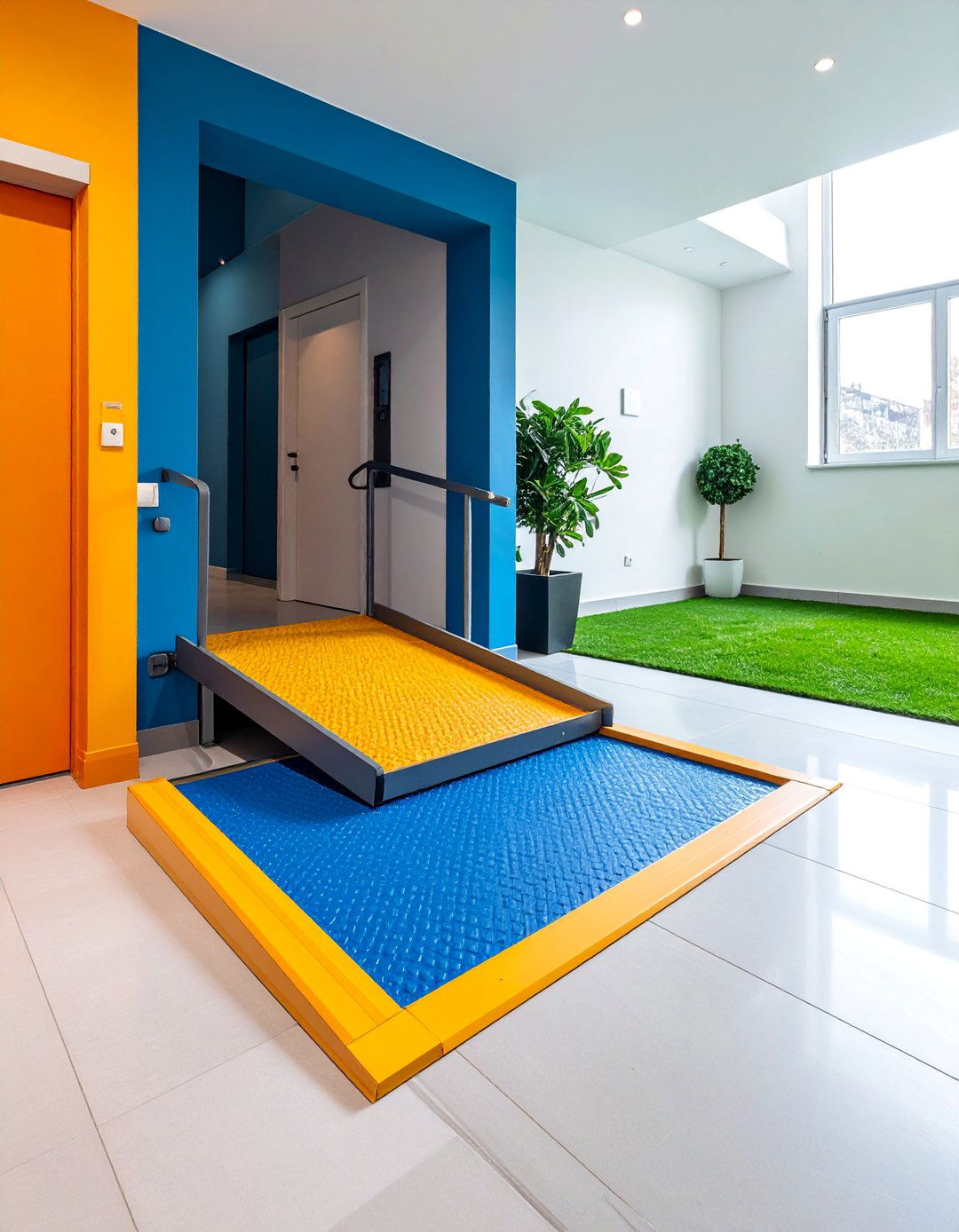
Threshold ramps provide gentle slopes between different floor levels, ensuring accessibility while maintaining aesthetic appeal. This approach eliminates tripping hazards while accommodating wheelchairs and mobility devices. Ramp materials can match either adjoining floor type or introduce coordinating accent elements. Professional installation ensures proper slope ratios and secure attachment for safety under all traffic conditions. The technique works well in renovation projects where existing level differences need accommodation without major structural modifications.
25. Custom Medallion Centerpiece

Custom medallions create artistic centerpieces at major flooring transitions, turning functional necessities into design showcases. These elaborate installations can feature intricate patterns using multiple materials, colors, and textures arranged in circular or geometric designs. The approach works exceptionally well in foyer areas where first impressions matter most. Professional design and installation ensure proper scale and execution of complex pattern work. Medallion designs can incorporate family crests, geometric patterns, or abstract artistic compositions that reflect personal style preferences.
Conclusion:
Floor transitions represent opportunities to enhance your home's design while solving practical challenges between different materials. From simple T-molding strips to elaborate custom medallions, the right transition creates seamless flow while expressing personal style. Consider factors like traffic patterns, maintenance requirements, and overall design aesthetic when selecting transition approaches. Professional installation ensures optimal performance and appearance, while proper planning prevents costly mistakes. These 25 ideas provide inspiration for transforming ordinary floor connections into design features that elevate your entire living space.



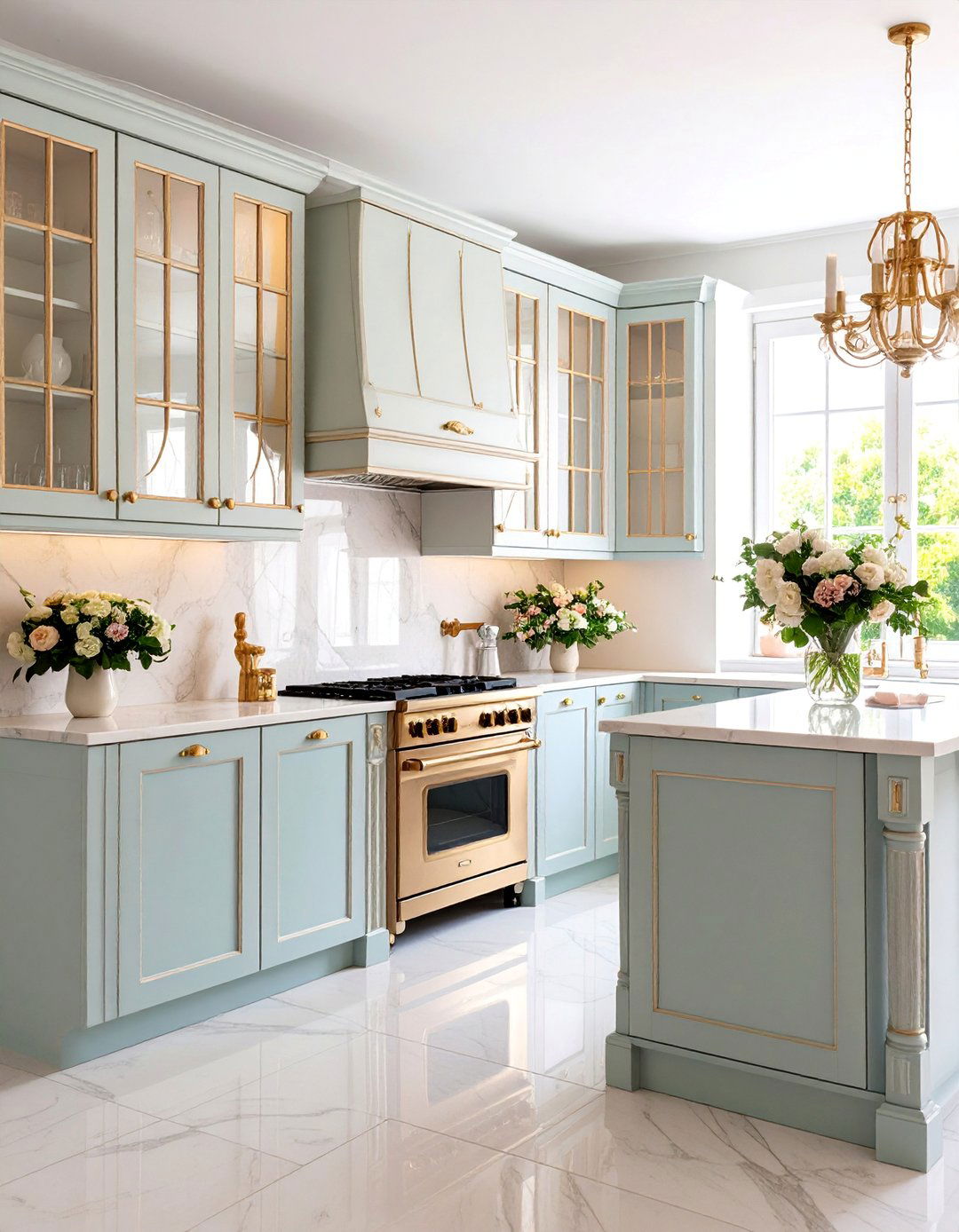
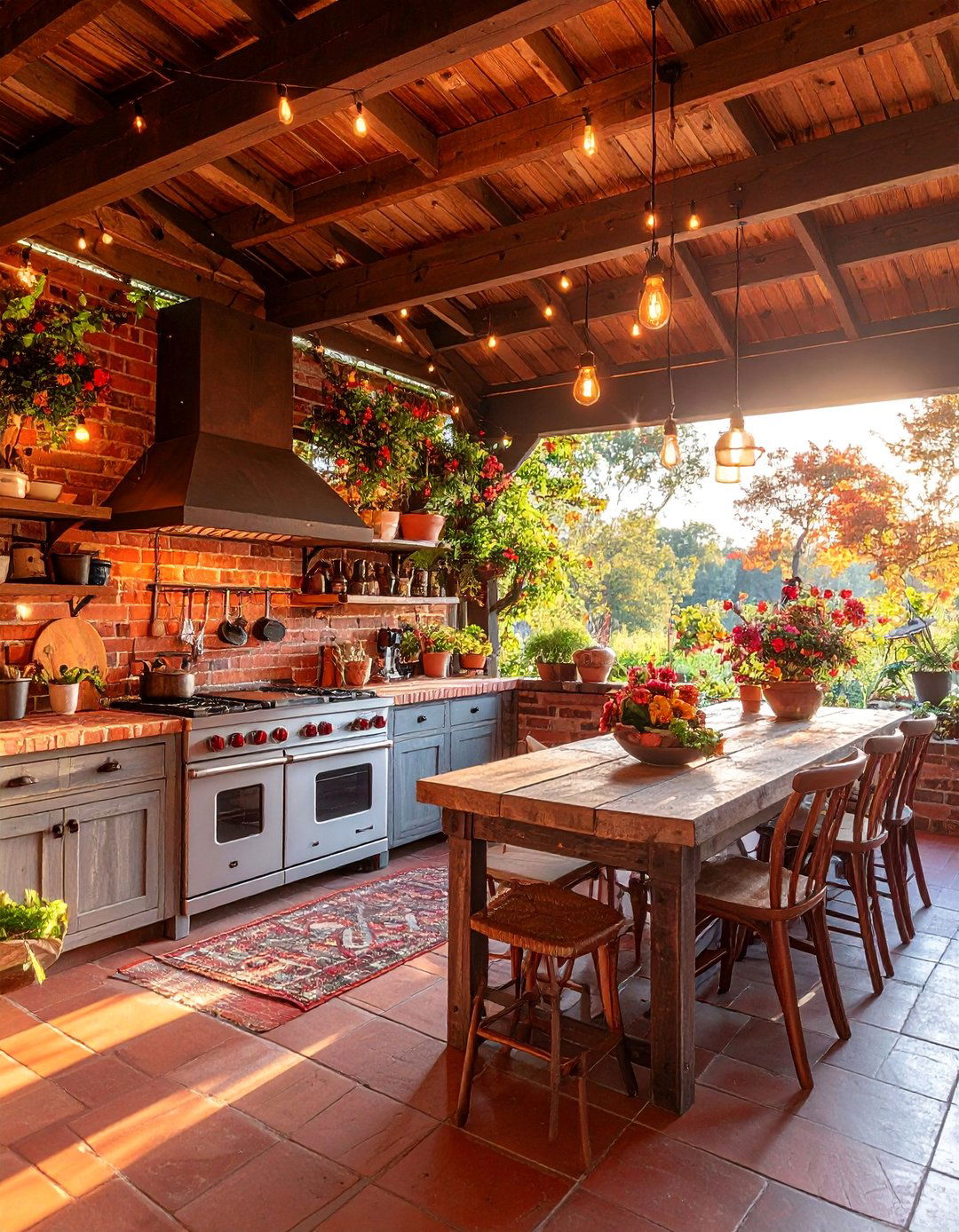
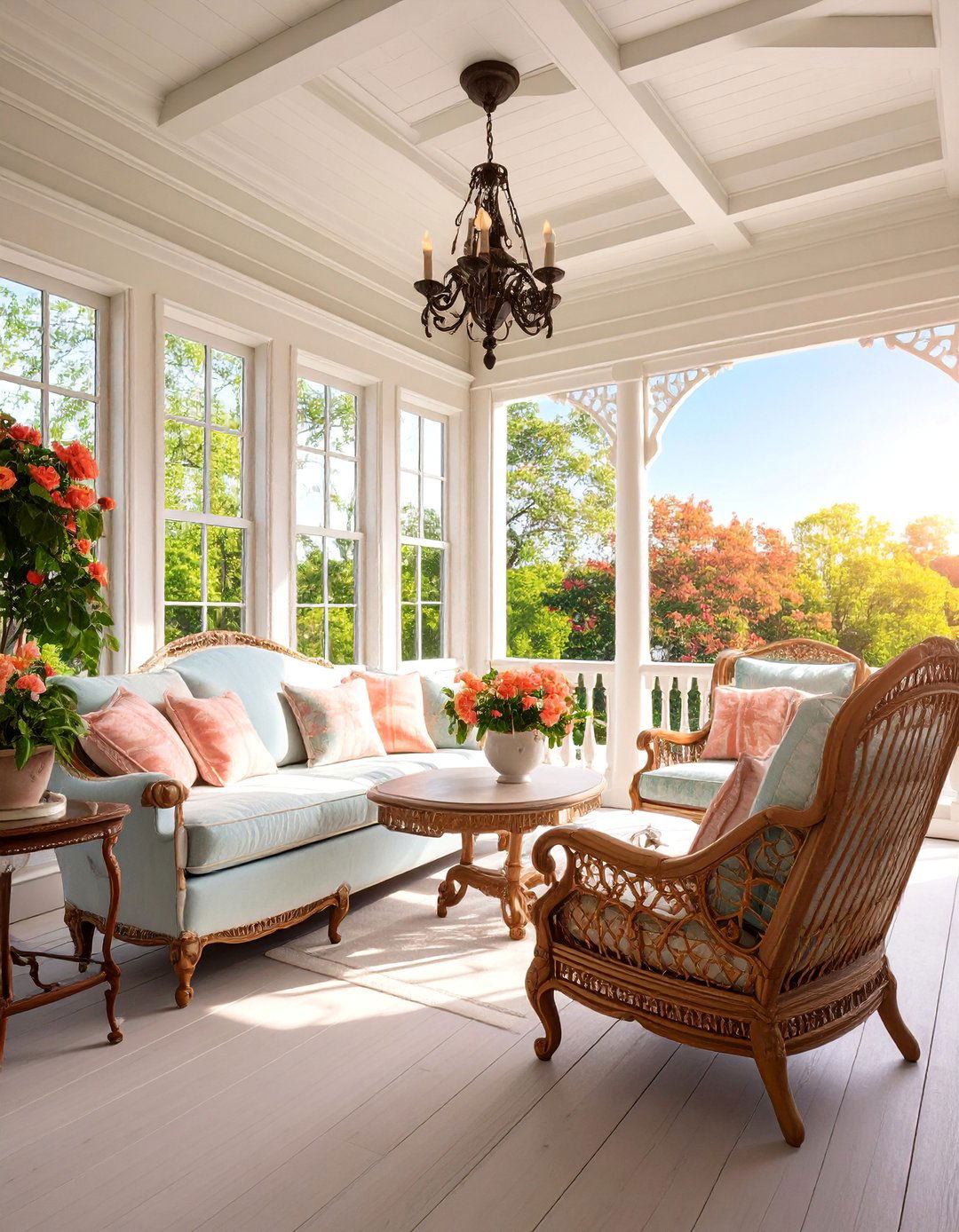
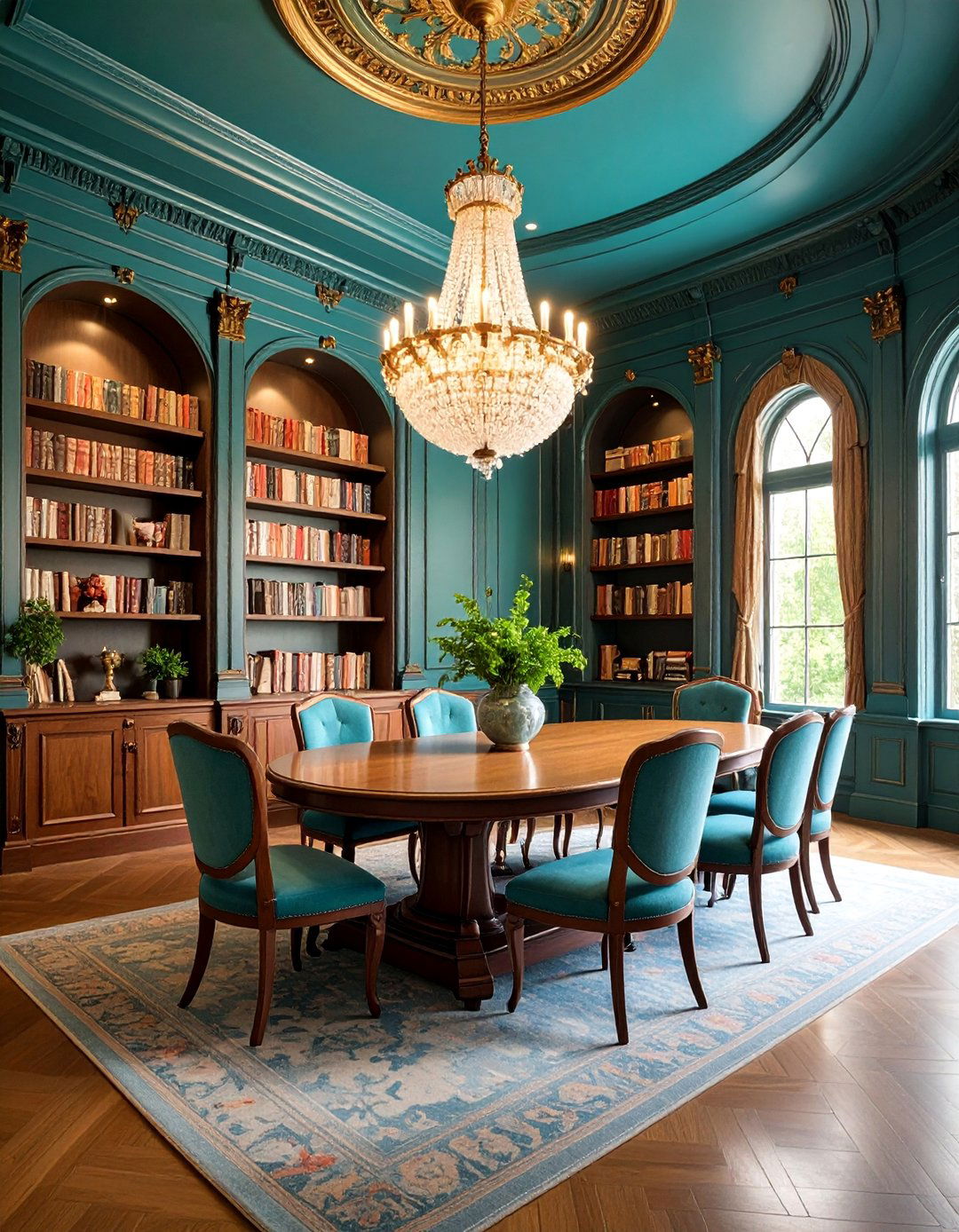

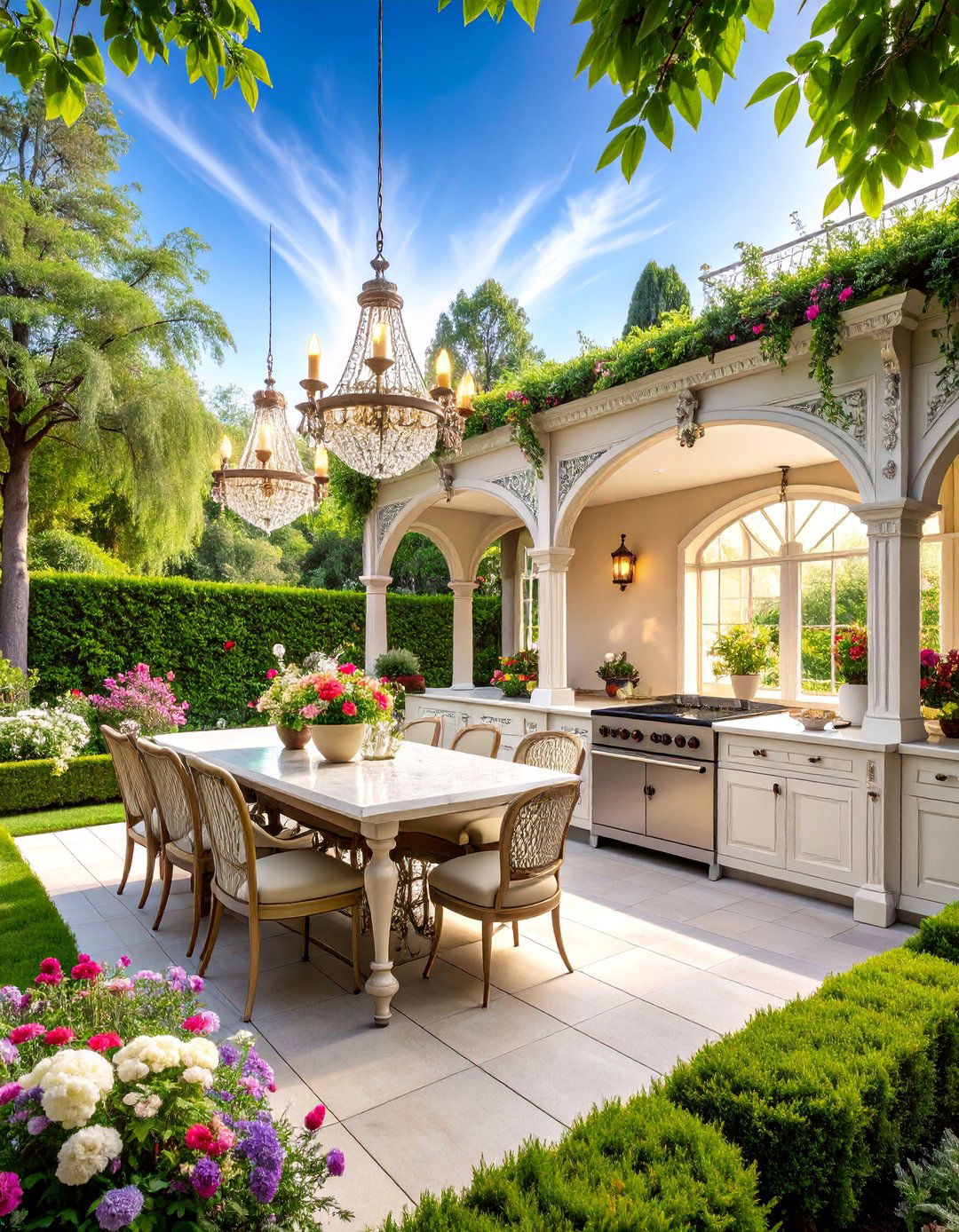
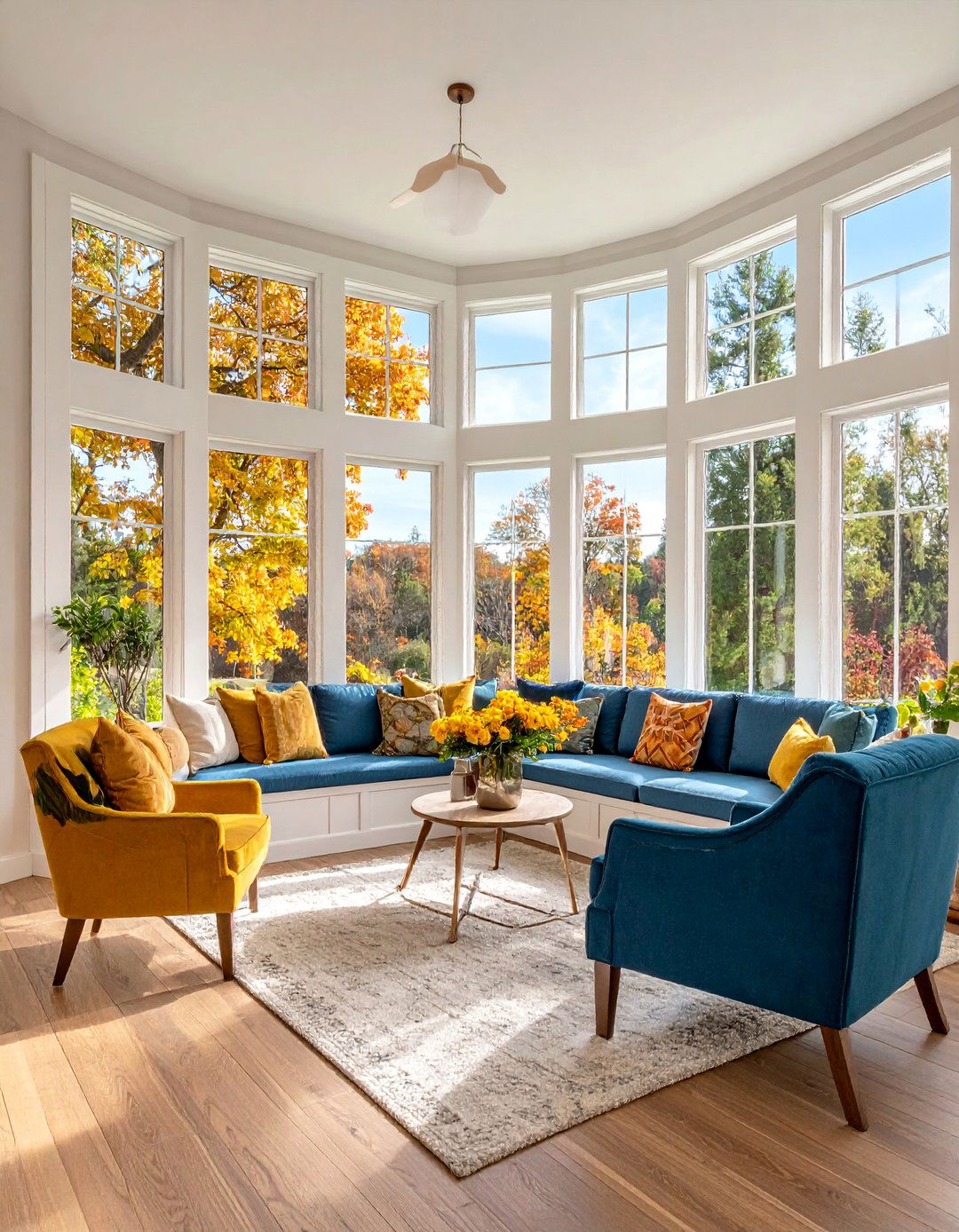


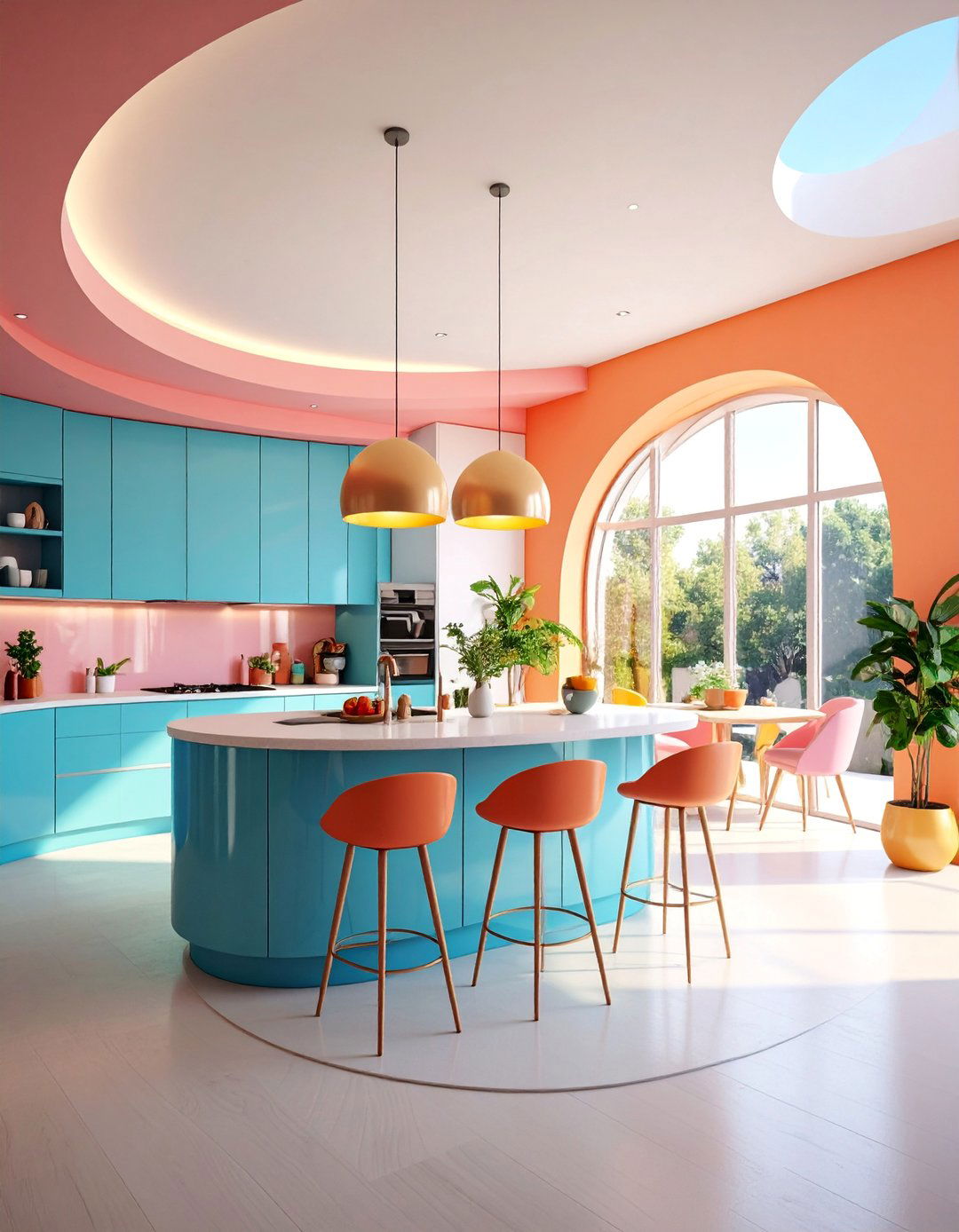

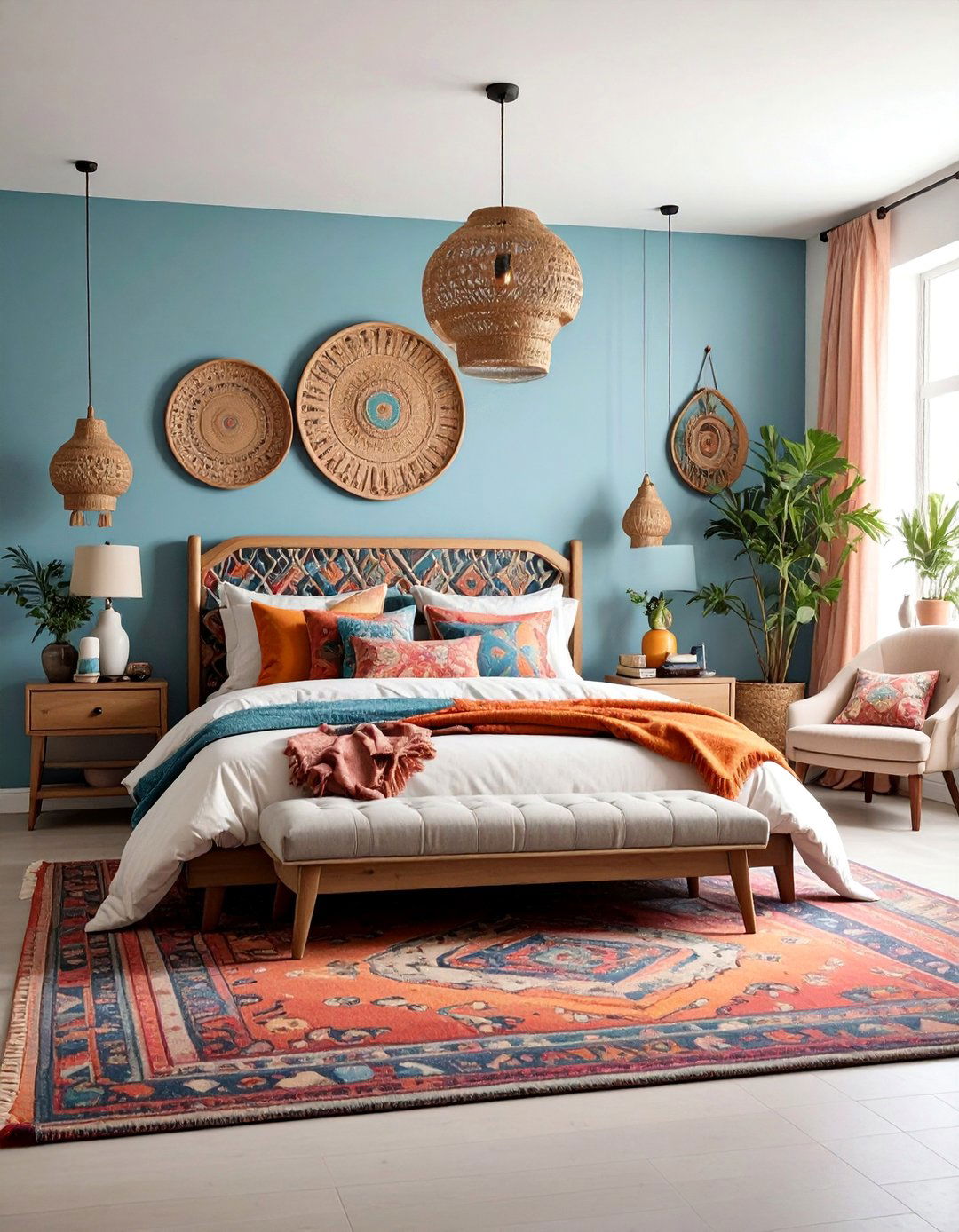

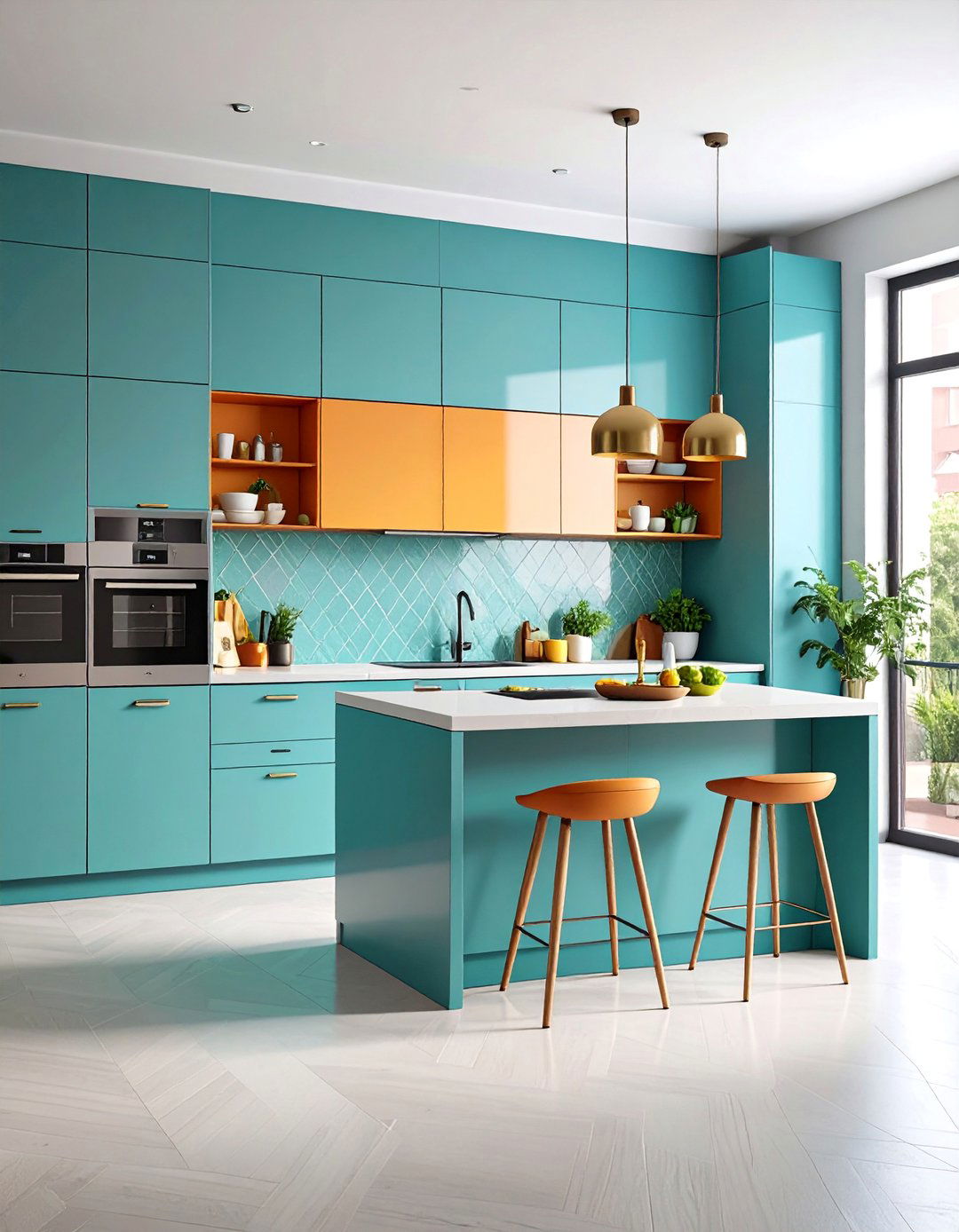

Leave a Reply